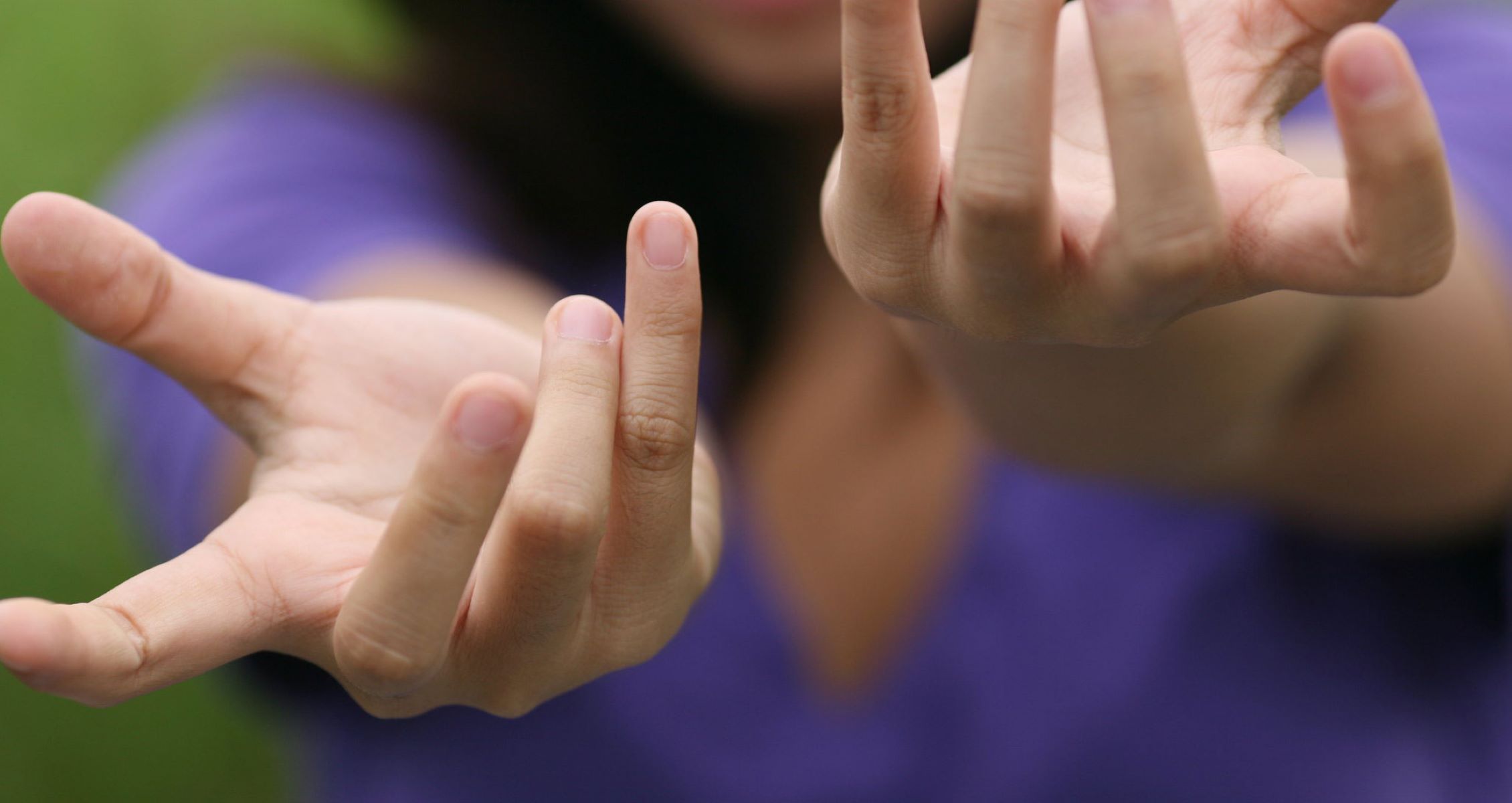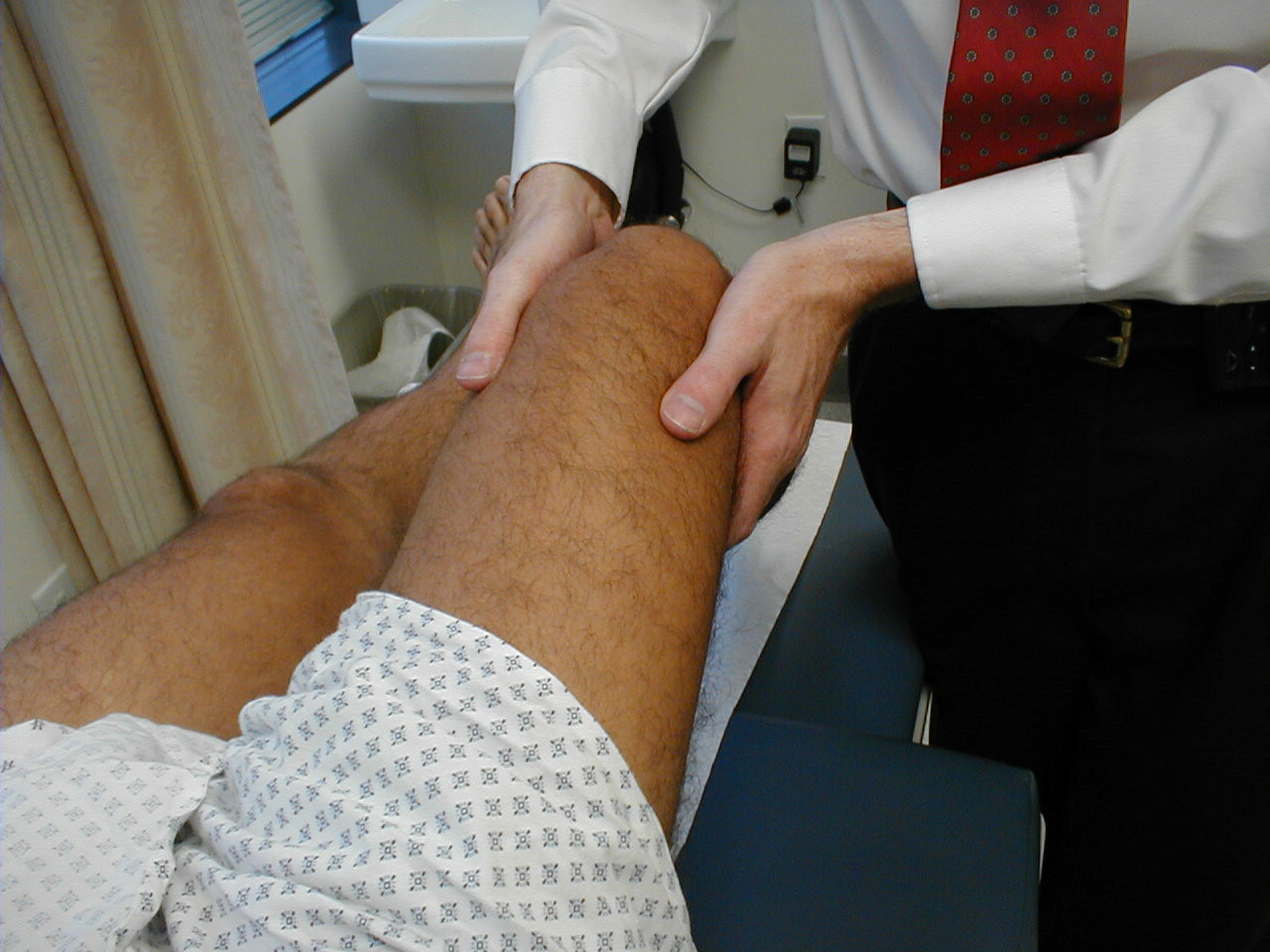
What is athetosis? Athetosis, also called athetoid cerebral palsy, is a condition marked by involuntary, slow, and writhing movements. These movements can affect the hands, arms, legs, face, and trunk, making everyday tasks challenging. Often linked to brain damage during fetal development or early childhood, athetosis can significantly impact a person's quality of life. While there is no cure, various therapies and assistive devices can help manage symptoms. Understanding athetosis involves exploring its causes, symptoms, treatments, and the daily challenges faced by those affected. This guide aims to provide a comprehensive overview of athetosis, shedding light on its complexities and the support available.
Understanding Athetosis
Athetosis, also known as athetoid cerebral palsy, is a condition marked by involuntary movements. These movements can be slow, writhing, or even rapid and jerky. Let's dive into some key facts about this condition.
-
Definition and Classification: Athetosis falls under dyskinetic cerebral palsy, which includes other types like dystonic and choreoathetoid cerebral palsy.
-
Causes and Risk Factors: Often linked to brain damage during fetal development or early childhood, risk factors include premature birth, low birth weight, and infections during pregnancy.
-
Symptoms: Involuntary movements are the hallmark of athetosis. These movements can affect the hands, arms, legs, and face, making daily activities challenging.
-
Types of Movements: Movements can vary from slow and writhing to rapid and jerky, affecting different parts of the body.
Daily Life Impact
Living with athetosis can be challenging. The condition affects various aspects of daily life, from basic tasks to social interactions.
-
Impact on Daily Life: Routine tasks like dressing, eating, and communicating can become difficult. Assistive devices may be necessary.
-
Diagnosis: Diagnosis involves clinical evaluation, medical history, and tests like MRI or CT scans. Pediatric neurologists or rehabilitation specialists usually perform these evaluations.
-
Treatment Options: While there's no cure, treatments like physical therapy, occupational therapy, speech therapy, and medications can help manage symptoms.
-
Assistive Devices: Devices like orthotics, prosthetics, and communication aids can significantly improve daily functioning.
Medical and Therapeutic Interventions
Various medical and therapeutic interventions can help manage athetosis. These interventions aim to improve quality of life and independence.
-
Surgical Interventions: In some cases, surgeries like selective dorsal rhizotomy (SDR) can help reduce muscle spasticity.
-
Rehabilitation Programs: Tailored rehabilitation programs often include a multidisciplinary team of healthcare professionals.
-
Support Systems: Strong support systems, including family, caregivers, and support groups, are crucial for emotional and practical assistance.
-
Education and Awareness: Public education campaigns can raise awareness and reduce stigma associated with athetosis.
Research and Genetic Factors
Ongoing research aims to better understand athetosis and improve treatment options. Genetic and environmental factors also play a role.
-
Research and Development: Studies on new medications, surgical techniques, and rehabilitation methods are essential for advancing treatment.
-
Genetic Factors: Genetic mutations related to brain development may contribute to athetosis.
-
Environmental Factors: Prenatal infections or exposure to toxins during pregnancy might also play a role.
-
Prevalence: Athetosis accounts for about 10-20% of all cerebral palsy cases, varying by population and diagnostic criteria.
Cognitive and Emotional Impact
Athetosis doesn't just affect motor control; it can also impact cognitive function and emotional well-being.
-
Age of Onset: Symptoms typically appear in early childhood but can sometimes manifest later.
-
Impact on Cognitive Function: Some individuals may experience difficulties with attention, memory, or processing speed.
-
Emotional and Psychological Impact: Living with athetosis can lead to feelings of frustration, low self-esteem, and anxiety.
-
Family Dynamics: The condition can affect family dynamics, causing stress and requiring adjustments in expectations and support.
Community and Social Aspects
Community involvement and social interactions are vital for individuals with athetosis. Support networks can make a significant difference.
-
Community Involvement: Joining support groups or participating in community activities can help reduce isolation.
-
Advocacy Efforts: Advocacy for better healthcare services, education, and employment opportunities is essential.
-
Technology Integration: Assistive technologies like communication devices and wheelchairs can greatly enhance independence.
-
Nutritional Considerations: A balanced diet rich in essential nutrients helps maintain muscle strength and overall health.
Practical Considerations
Daily life with athetosis involves various practical considerations, from sleep patterns to financial planning.
-
Sleep Patterns: Establishing a regular sleep routine is crucial for overall well-being.
-
Social Interactions: With the right support, individuals can maintain meaningful social relationships despite communication difficulties.
-
Employment Opportunities: Inclusive workplaces and job opportunities are becoming more common, though challenges remain.
-
Education and Training: Tailored education and training programs can help individuals develop necessary skills for independent living and employment.
Recreational and Travel Considerations
Recreational activities and travel can enrich the lives of those with athetosis, provided proper planning and accommodations are in place.
-
Recreational Activities: Sports, arts, and crafts can improve motor skills and overall well-being.
-
Travel Considerations: Planning for wheelchair-accessible transportation and accommodations can make travel easier.
-
Financial Planning: Budgeting for medical expenses, assistive devices, and ongoing care is crucial.
-
Legal Rights: Knowing about disability rights, access to education and employment, and legal protections against discrimination is essential.
Community Resources and Future Directions
Community resources and ongoing research are vital for improving the lives of those with athetosis.
-
Public Awareness Campaigns: These campaigns can help raise awareness and reduce stigma.
-
Research Funding: Funding for clinical trials, basic research, and translational studies is critical.
-
Collaboration with Healthcare Providers: Working closely with specialists helps develop comprehensive treatment plans.
-
Parental Support: Emotional support, daily care, and advocacy within educational and healthcare systems are vital for children with athetosis.
-
Sibling Support: Siblings may need to adjust their expectations and provide ongoing support.
-
Community Resources: Support groups, respite care services, and recreational programs offer valuable assistance.
-
Advocacy Organizations: These organizations provide educational materials, advocacy services, and community events.
-
Future Directions: Ongoing research into new medications, surgical techniques, and assistive technologies, along with more inclusive education and employment opportunities, is essential.
Final Thoughts on Athetosis
Athetosis, a type of cerebral palsy, brings unique challenges and requires comprehensive care. Understanding its symptoms, causes, and treatments can make a significant difference in the lives of those affected. From involuntary movements to the impact on daily activities, this condition demands a multifaceted approach involving physical, occupational, and speech therapies. Assistive devices and sometimes surgical interventions can also play a crucial role. Support systems, including family and community resources, are vital for emotional and practical assistance. Ongoing research and public awareness are essential for better management and reducing stigma. By staying informed and advocating for inclusive opportunities, we can improve the quality of life for individuals with athetosis. Remember, every bit of support and understanding helps in making a positive impact.
Was this page helpful?
Our commitment to delivering trustworthy and engaging content is at the heart of what we do. Each fact on our site is contributed by real users like you, bringing a wealth of diverse insights and information. To ensure the highest standards of accuracy and reliability, our dedicated editors meticulously review each submission. This process guarantees that the facts we share are not only fascinating but also credible. Trust in our commitment to quality and authenticity as you explore and learn with us.


